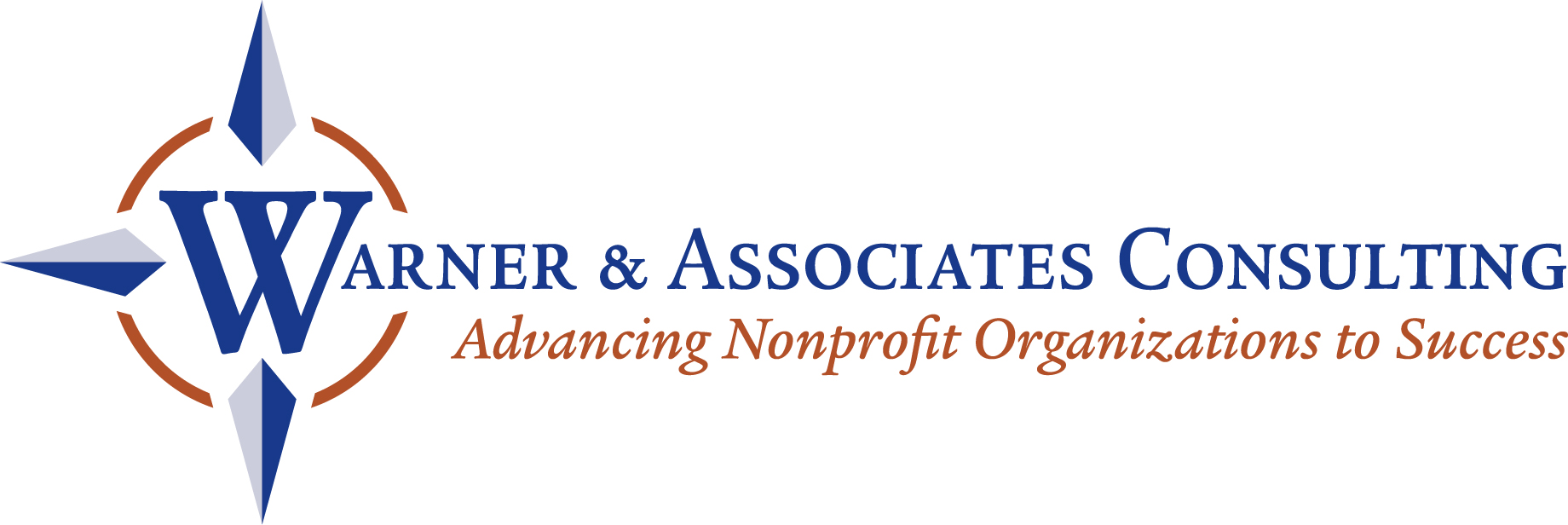A Guide For Nonprofit Organizations Thinking About “Fundraising”
Advancement: Don’t just think “fundraising,” think “advancement”! Fundraising denotes asking for money. Advancement connotes a comprehensive process to move your nonprofit organization from where it is now to where you envision you want it to be. That may necessitate such steps as improving the clarity of the vision for your organization, the composition of your board, your planning and management processes and the status of your constituencies. It is within the context of your commitment to advancement that your ongoing fundraising and/or a specific campaign will be most successful.
Campaign: Webster’s Dictionary defines a campaign as “A connected series of operations to bring about a particular result.” That is to say, a fundraising campaign is a highly focused form of advancement within a finite time frame. It will require the same type of vision, planning, communication, execution and commitment that is fundamental to a successful military campaign. The fundraising campaign, being systematic and methodical, is generally divided into four phases:
Assessment of an organization’s advancement process to include its mission, vision, organization, board composition, past fundraising results, budget, accounting and donor records.
Feasibility of the giving potential. This study may be done by on site analysis of past and prospective donor records or may require “face to face” research visits with a representative sampling of major donors. Results will determine an appropriate goal and format of the campaign.
Planning of the structure and strategy of the campaign to include development of the case statement, further constituency evaluation, developing volunteer structure, training volunteers, developing a time/action matrix, developing materials, and developing donor recognition.
Oversight of the execution of the campaign plan by maintaining a sense of urgency, monitoring results, assisting in drafting specific proposals, and rendering campaign reports
Consulting Process: Warner & Associates Consulting recommends that an organization, in order to achieve objectivity and effectively manage its time and resources, retain a consultant in some capacity. A consultant’s role can range from reviewing where an organization is in the advancement process to advising a client about specific elements of fund raising to providing a turn key service of managing a campaign. Keep in mind that the consultant’s role is not to “make the ask” of a client’s prospects. Instead, a proficient consultant prepares an organization’s leadership to execute effectively a well laid plan. The extent of a consultant’s service in each campaign phase or other fundraising component is subject to your judgment of your organization’s advancement status and its preparedness to launch a campaign.
Advancement Success: Whereas a for-profit business measures its success by its financial results, a nonprofit should be measured by the quality, effectiveness and efficiency of the service it delivers to its constituencies. A sound advancement process will maximize both your constituency service and your fundraising success.
With the assistance of your consultant, we recommend that you positively answer the following questions which not only will set the stage for successful fund raising, but also will advance your organization to the level of service you envision for your constituencies.
- Have you articulated a vision of where your organization wants to advance? Has the vision been incorporated into a mission statement and strategic plan?
- Has the board “bought into” the vision sufficiently to support it with work and wealth? How about the staff?
- Have you established a financial goal based on carefully considered needs?
- Do you know who your natural constituency is and whether it has the capacity and willingness to contribute sufficiently to meet your goal?
- Have you identified, researched, and cultivated your top 20% of donors who will give 80% of the goal? Have you identified a lead gift?
- Have you planned the structure and strategy of your campaign?
- Have you lined up, and possibly trained, your campaign volunteers?
- Have you developed appropriate materials, including a case for support, to promote the campaign?
- Have you created a time/action matrix of everything that must be accomplished and when in order to plan and execute the campaign?
- Have you decided how to recognize your donors?
- Are your past and prospective donor records accurate and accessible? Are your systems sufficient to handle the campaign records and receipting?
- Is your organization leadership willing to make the campaign a top priority?
- Is your organization prepared to commit seed money to get a campaign up and going?
Some Rules of Thumb: While considering whether to undertake a fundraising campaign, keep in mind some of the observations we have compiled over the years.
- There is no “good” time to conduct a fundraising campaign.
- There is an embarrassment of riches out there!
- As a rule, 80% – 90% of the goal is going to come from 10% – 20% of your donor base.
- Success with your top rated 25 donors will make or break your campaign.
- Nationally, 85% of funds donated to nonprofits come from individuals, not foundations or corporations.
- Expenses for conducting a successful campaign can vary from 5% – 15% of the goal depending on the campaign’s size, the consulting requirements, internal staffing requirements, demographics of the constituency, quality of materials, and other variables.
